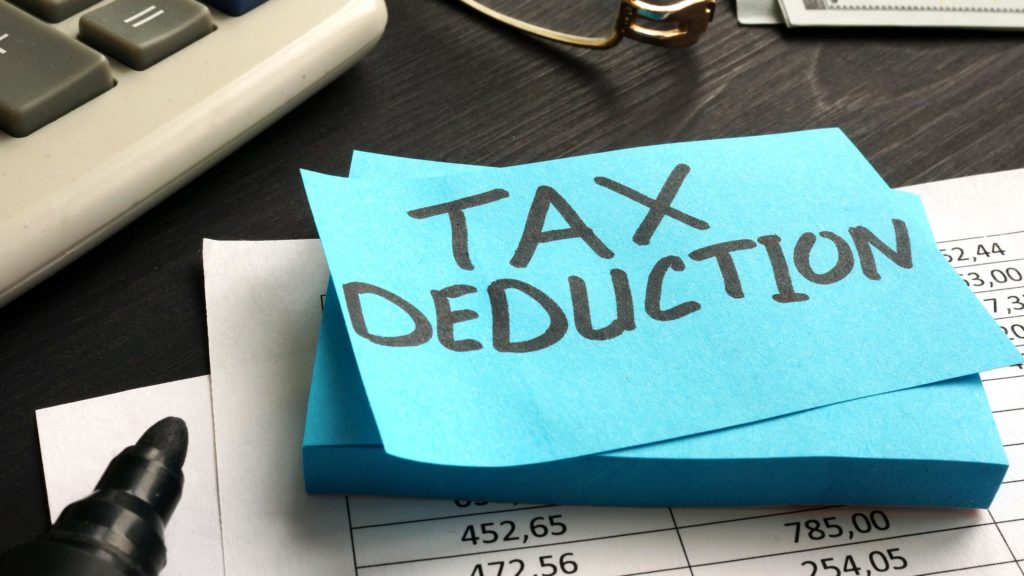The Solo 401k account has the highest available contribution limits of any retirement account. That makes Solo 401k accounts especially favored by people who are serious about saving for their retirement. It’s also a powerful account to create a tax shelter during their highest earning years. Being fiscally aggressive is a desirable personality trait. However, it creates the possibility you might over contribute to the Solo 401k during the tax year. So, there are a few things that you probably need to know if you over contribute to your retirement plan…
First of all, congratulations on maxing out your annual contribution. Keep up the good habit because it pays big with tax reduction today and even bigger financial payouts during your retirement.
Don’t Confuse Your Tax Years
Before we dive into the details, let’s make sure you have the correct contribution limit in mind. Don’t confuse the tax years because another great thing about Solo 401ks is that the contribution limit increases almost every year. The annual increases apply in three separate categories – employee salary deferral contributions, catch-up contributions, and employer profit sharing.
The IRS increased 401k participant contribution limits by $500 to $19,500 for the 2020 tax year. The catch-up increased another $500 to $6,500 for 2020. And the employer profit sharing contribution increased by $1,000 to $57,000 for 2020. Those limits apply to taxes you’ll file by April 15th 2021, or any applicable extensions.
For the 2019 tax year (filed by July 15, 2020), the participant contribution limit is $19,000. The age 50 and over contribution limit is $6,000 and the defined contribution (employer matching) limit is $56,000.
You will find a table showing all of these contribution limits on this IRS webpage.
Know Your Numbers – Don’t Over Contribute to your Solo 401k
Besides determining your contribution limits for the correct tax year, your specific financial situation has variables that determine the maximum you are allowed to contribute. In addition to your age, these variables include your business type and net income. The 401k experts at Nabers Group provide tools as aids to help you determine your contribution amounts:
- Contribution walk-thru explanation.
- Contribution calculator using your specific financial information.
- Roth -vs- traditional contribution calculator (this estimates different investment returns).
Disclaimer: Information and interactive calculators are available to you as self-help tools for your independent use and are not intended to provide investment advice. We cannot and do not guarantee their applicability or accuracy in regards to your circumstances. All examples are hypothetical and are for illustrative purposes. We encourage you to seek personalized advice from qualified professionals regarding all personal finance issues.
It is important to note that some employees are subject to another form of contribution limits. Employees classified as “Highly Compensated” may be subject to contribution limits based on their employer’s overall 401k participation. If your salary was $125,000 or more in 2019, you may need to contact your employer to see if these additional contribution limits apply to you.
You should always try to contribute as much as possible to receive full matching funds from your employer, but make sure your contributions don’t exceed the limit.
How Excess Solo 401k Contributions Might Happen
Every Solo 401k account holder is unique but here are a few common reasons you may have made an excess contribution.
- You made large contributions early in the year but your total annual income didn’t allow the full contribution. This could be due to something unexpected like the coronavirus economy reducing your anticipated income.
- You started a new job and accepted the corporate 401k they offered in addition to your Solo 401k. People often don’t realize the contribution limit is on a per individual basis, not a per plan basis. Note: this only applies to employee salary deferral contributions.
- Make sure you get this right because having more than one 401k can mean substantially more contributions are allowed on the employer side.
- The employer contribution to your Solo 401k does not affect the amount another employer makes to a different 401k account.
- To be clear, the participant contribution limits are accumulative. For tax year 2019, regardless of the number of 401k, 403b, and SIMPLE IRA plans that you participate in, your accumulative salary deferral contributions to all plans cannot exceed $19,000, plus an additional $6,000 catch-up for age 50 and over.
- You directed a raise or bonus to a 401k or other retirement account without calculating how much additional income you needed to take to support the higher retirement contribution.
- There might be other circumstances unique to you that cause an excess contribution.
Tax deferring and self-directed investing as much of your income towards retirement is smart. But exceeding the maximum allowed can cost you in both financial penalties and time to correct the mistake.
Solo 401k Contribution Rules and Penalties
When both spouses contribute to a Solo 401k account, it is NOT the same as a joint bank account. There are two separate Solo 401k sub-accounts and the contribution limits are typically different. After you max out your account, your spouse may be able to continue making contributions. On the other hand, you cannot use your income to contribute to your spouse’s Solo 401k account.
When you exceed the maximum contribution, the IRS calls it an “excess deferral.” You must include that amount as taxable income during the current tax year, and you will also have to pay federal income tax on it when you withdraw it after you retire. This is bad because it amounts to double taxation. But there are critical dates that can prevent this from happening.
If the excess is withdrawn between Dec. 31 and April 15 (July 15 in 2020), it is taxable earnings for the year of the withdrawal. However, there is no 10% early distribution tax, no 20% withholding and no spousal consent requirement on amounts timely distributed.
What to Do if You Exceed the Contribution Limit
If at all possible, you want to withdraw the excess amount from your Solo 401k before the end of the tax year (Dec. 31). If that is not possible, your next choice is withdrawing it before tax day (July 15, 2020 for 2019 tax returns).
If the excess contribution was made to an employer-sponsored plan (other than your Solo 401k), contact your employer or plan administrator. Tell your plan administrator you’ve made an “excess deferral.” The plan administrator will return the excess funds to you as a “corrective distribution.” They will also calculate and return the additional earnings (if any) and issue new paperwork that corrects the over-contribution. If the excess contribution happens in your Solo 401k, you’ll need to take these actions as the plan administrator.
You will also need a new W-2 and have to pay the taxes on the additional income for the year. Your income will increase by the amount of the returned excess contribution plus the earnings. Essentially, your tax bill will rise (or your refund will be reduced) relative to the amount of the excess 401k contribution.
If you do not complete these actions before tax day (April 15 most years or July 15 for 2020), you will face the double taxation penalty.
Report corrective distributions on IRS Form 1099-R. Your Solo 401k needs to issue a copy for your personal records and send a copy to the IRS.
Nabers Group offers a Solo 401k Voluntary After-Tax Contributions program that is beneficial if you want to grow your retirement account with after-tax funds. This is a special way to get some extra cash into your self-directed retirement plan. This is a type of employee salary deferral contribution. However, unlike the pre-tax or Roth employee contribution, the amount you can contribute can be much higher.




